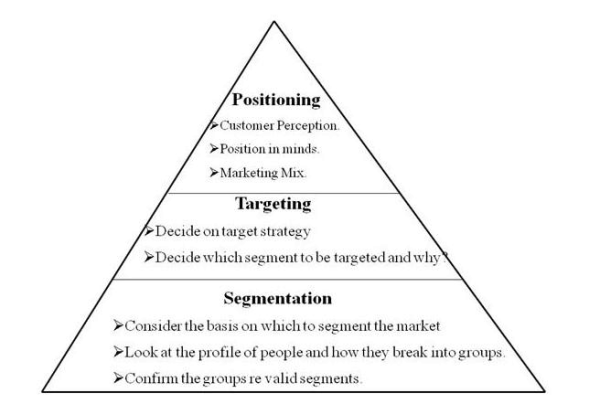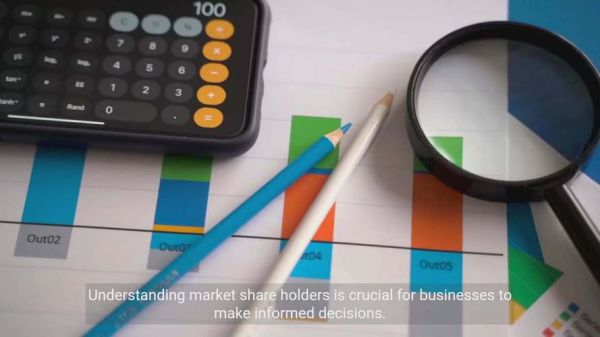Market prospect refers to the likely revenue, profit, and competitive landscape a product or service will face over a defined future period. Forecasting it means turning scattered signals into a defendable outlook that guides investment, hiring, and go-to-market timing.

Why Market Prospect Matters More Than Ever
Global supply chains, AI-driven pricing, and TikTok-scale virality can flip demand curves in weeks. **Ignoring market prospect is no longer a strategic risk—it is a survival risk.**
Three Real-World Stakes
- Capital allocation: A misread prospect can lock millions into dying channels.
- Talent retention: Teams abandon projects whose TAM shrinks mid-cycle.
- Valuation: Public markets now punish firms that miss forward-looking guidance by >5 %.
Core Components of a Reliable Market Prospect
1. Total Addressable Market (TAM)
Ask: How big could this get if every plausible buyer said yes?
Bottom-up method: Multiply average selling price by number of potential accounts.
Top-down method: Take industry revenue and apply an adoption-rate wedge.
Triangulation: Reconcile both numbers; a >30 % gap signals weak assumptions.
2. Serviceable Obtainable Market (SOM)
Ask: Of the TAM, how much can we realistically win in the next 3–5 years?
Filter TAM through:

- Geographic presence
- Channel constraints
- Regulatory barriers
3. Growth Rate & Inflection Points
Ask: When does adoption accelerate, stall, or reverse?
Use S-curve modeling: early adopters (5 %), early majority (15 %), late majority (50 %), laggards (30 %). Overlay macro triggers such as 5G rollout or carbon-tax legislation.
Data Sources That Actually Move the Needle
Primary Sources
- Customer discovery calls: 20 unstructured interviews reveal pain-point intensity.
- Lost-deal audits: Why did prospects choose “do nothing” over you?
- Pre-order waitlists: Conversion from waitlist to paid >40 % signals strong prospect.
Secondary Sources
- App-store download velocity: Leading indicator for consumer SaaS.
- Google Trends slope: A sustained 3-month upward slope ≥20 % often precedes category breakout.
- Patent filing counts: Surge in adjacent tech patents hints at supply-side innovation.
Frameworks to Quantify Uncertainty
Monte Carlo Simulation
Assign probability distributions to price, volume, and churn. Run 10,000 iterations. **The 10th–90th percentile range becomes your planning corridor.**
Scenario Planning
Define three worlds:
- Base Case: Current policies, 3 % GDP growth.
- Boom Case: Accelerated adoption due to regulatory tailwind.
- Bust Case: New entrant undercuts pricing by 40 %.
Assign capital and hiring triggers to each scenario.

Common Pitfalls and How to Dodge Them
Pitfall 1: Survivorship Bias in Benchmarking
Ask: Did we include startups that died quietly?
Fix: Pull Crunchbase shutdown data and adjust success rates downward by 25 %.
Pitfall 2: Static Pricing Assumptions
Ask: What happens if unit economics erode by 10 % each year?
Fix: Model price elasticity using conjoint analysis; bake in annual 5 % price decay.
Pitfall 3: Overweighting Survey Intent
Ask: Would respondents actually pay tomorrow?
Fix: Require a 10 % refundable deposit to validate stated intent.
Turning Forecasts into Operating Plans
OKR Cascade Example
- O: Reach $10 M ARR in 24 months.
- KR1: Achieve 5 % weekly active user growth (leading indicator).
- KR2: Maintain net revenue retention ≥110 %.
- KR3: Reduce CAC payback from 14 to 8 months.
Resource Allocation Matrix
| Scenario | Marketing Budget | Headcount | Cash Buffer |
|---|---|---|---|
| Base | $500 k | +5 | 12 months |
| Boom | $1.2 M | +12 | 6 months |
| Bust | $200 k | 0 | 18 months |
Future-Proofing Your Market Prospect
Continuous Signal Loop
Every quarter:
- Re-score leading indicators.
- Update Monte Carlo assumptions.
- Shift OKRs if any metric deviates >15 % from forecast.
Optionality Bets
Allocate 10 % of engineering capacity to “adjacent user” prototypes. **These low-cost experiments can unlock new S-curves before competitors notice.**
Quick Self-Diagnostic Checklist
- Can I explain TAM, SOM, and growth inflection in one slide?
- Do I have at least three independent data sources confirming demand?
- Have I stress-tested pricing against a 20 % downside shock?
- Is my cash runway aligned with the slowest scenario?
If any answer is “no,” revisit the forecast before the next board meeting.

评论列表